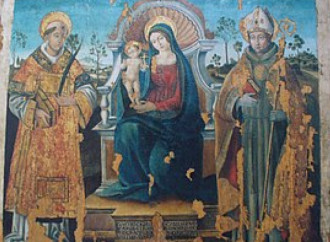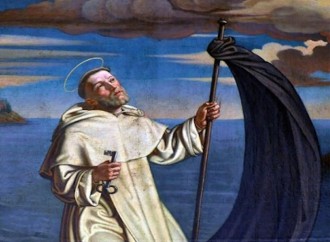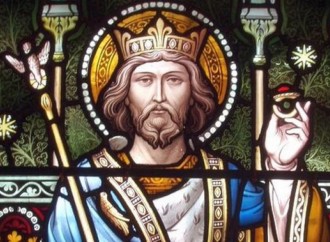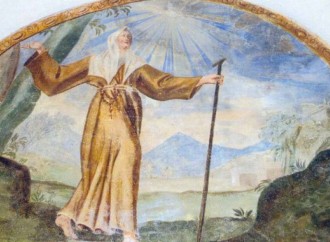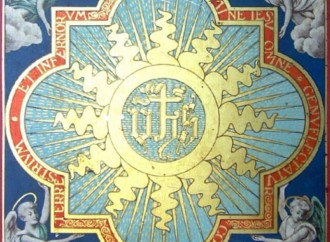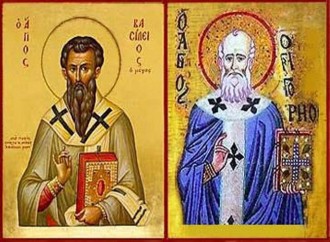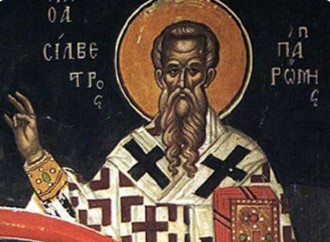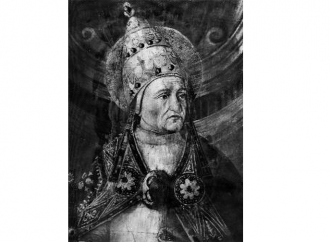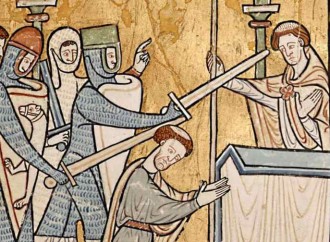Saint Severinus Abbot
In almost thirty years of mission in Noricum, Severinus founded churches and monasteries, and by his preaching he induced many souls to abandon paganism worship and convert to Christianity
Saint Raymond of Penyafort
Nothing precise is known about the actual date of his birth but contemporary chronicles report that he died at about 100 years old. During his long life, Saint Raymond of Penyafort (c. 1175-1275), a great connoisseur of canon law and third Superior General of the Dominican Order, left a significant mark on the history of the Church.
Epiphany of the Lord
After the shepherds, the humblest among the chosen people, had glorified God at the sight of the Child Jesus lying in a manger, the Saviour "began to make himself known to the pagans" (Saint Augustine) through the Epiphany (that is, 'manifestation') to the Magi came from the east, the sign that all peoples are called to salvation.
Saint Edward the Confessor
Before being crowned King of England, Saint Edward the Confessor (1003-1066) lived most of his life in exile. Son of Æthelred the Unready and Emma of Normandy, when he was still a child his mother took him to Normandy with his brother Alfred to escape from the Danes, who were invading England (1013).
Saint Angela of Foligno
The first teaching left by saint Angela of Foligno, great mystic who lived in Umbria a couple of decades after Saint Francis of Assisi, is the importance of a good confession, as a source of regeneration for every Christian, which, in her case, marked the beginning of her conversion.
Most Holy Name of Jesus
"Whatever you ask in my name, I will do it." The words of Our Lord in John's Gospel stress the importance of the Most Holy Name of Jesus, actually venerated from the earliest centuries of Christianity.
Saints Basil the Great and Gregory of Nazianzus
Saints in heaven, friends on earth, both were proclaimed doctors of the Church in 1568 by Saint Pius V: because they shared their lives in Christ, the Church remembers on the same day Saint Basil the Great (c. 329-379) and Saint Gregory of Nazianzus (c. 329-390). The Cappadocian Fathers distinguished themselves by the ability to communicate their faith to Greek-speaking intellectuals, to whom they demonstrated the perfect compatibility of Christianity with true philosophy.
Mary Most Holy Mother of God
With the solemnity of Mary Most Holy Mother of God the Church celebrates and confesses that the Blessed Virgin truly is the Theotókos (in Greek: 'She who gives birth to God') or Deipara (according to the corresponding Latin word). They defined the first Marian dogma in history, intimately linked to the divinity of the Son and the mystery of His Incarnation in the virginal womb of Mary.
Saint Sylvester I
Saint Sylvester I († 31 December 335) saw the transition from the persecutions of Christians to the establishment of freedom of worship in the Roman Empire. His 21-year pontificate coincided with the extraordinary period of consolidation of Christianity.
Saint Felix I
The pontificate of St. Felix I († 30 December 274) began on January 5th, 269, as the Church was tackling Adoptionism, one of the many heresies on the Holy Trinity to emerge in the early centuries of Christianity.
Saint Thomas Becket
For most of his life he had been a man of the world. But when God called him to be a pastor of souls, St Thomas Becket (c. 1119-1170) fought to the point of martyrdom to defend the freedom of the Church, refusing to compromise with power.
Holy Innocents
The Church venerates as martyrs, with the name of Holy Innocents, the children up to two years old in the Bethlehem area, whose killing was ordered by Herod with the intent to eliminate Jesus.

